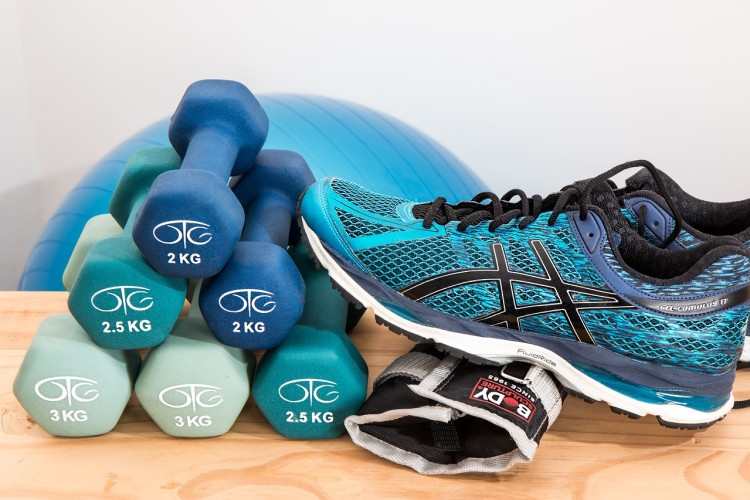
Most minerals are easy to ignore — calcium isn't.
You probably know that calcium is essential for bones. But it goes beyond that: almost every cell depends on calcium—nerve impulse transmission, heart beating, vascular contraction, muscle function (e.g., running and jumping). These uses are paramount, compared to the skeletal role.
In case of dietary calcium insufficiency, body "robs Peter to pay Paul" —bone stores depleted and calcium enters the blood to fulfil vital functions. This causes osteoporosis and mood disorders over time, irritability anxiety depression insomnia. The body's calcium needs are huge and so easily unsatisfied.
Calcium Needs Per Day
Adults: 800mg/day, varying with age
- Age 9–18 years (adolescents): 1,300mg/day — rapid-growth stage
- Age 50+ years (seniors): Men require 1,000 mg/day; women need 1,200 mg/day (high risk of osteoporosis).
The Reality of Deficiency
Nutrition surveys from 1991–2015 in China showed calcium to be the most deficient nutrient, with 95% population unable meet intake standards. Out of 100 people, only 5 obtain adequate dietary calcium.
It’s worse in vulnerable groups:
- Adolescents (11–18 years): Their maximum daily intake of 380mg barely scratches 29% RNI, against 1,300mg required.
- Seniors (60+ years): In 2015, only 2.8% reached adequate calcium intake (*China National Nutrition and Health Survey*).
What is the Implication?
If you don't get enough, the body will start cannibalizing your bones—and faster osteoporosis, 1 in 3 women over 50 are affected globally by this disease. The crisis is compounded by emotional instability, as calcium influences neurotransmitter release.
How to Win
- High Calcium Foods: Dairy (milk 300mg/100ml), leafy greens (kale, bok choy) and fortified tofu.
- Supplements (calcium citrate or carbonate) if your intake is less than 70% of the required amount.
- Combine with vitamin D to promote absorption (600–800 IU/day).
The Health Need of An Hour
China's calcium crisis demands a systemic response — public nutrition education, affordable supplementation programmes and fortification staple foods. For people, it's not just the bones — getting enough helps maintain cellular vitality and emotional stability.
LATEST POSTS
- 1
 Attention White-Collar Workers: The Risks of Extended Sitting
Attention White-Collar Workers: The Risks of Extended Sitting - 2
 Electric Toothbrushes: 5 Key Benefits You Should Know
Electric Toothbrushes: 5 Key Benefits You Should Know - 3
 Scientific view of the health effects of electromagnetic radiation from electronic products
Scientific view of the health effects of electromagnetic radiation from electronic products - 4
 Electronics and Blue Light Protection, Headphone-Induced Hearing Damage: Assessing the Health Impact of Electronics
Electronics and Blue Light Protection, Headphone-Induced Hearing Damage: Assessing the Health Impact of Electronics - 5
 The Science of Toothpaste: How to Choose the Right Toothpaste for Oral Health
The Science of Toothpaste: How to Choose the Right Toothpaste for Oral Health
 Vitamin C in Food: Why Do We Still Feel Deficient?
Vitamin C in Food: Why Do We Still Feel Deficient? What’s the Best Average Weekly Sleep Duration?
What’s the Best Average Weekly Sleep Duration? How Serious Should We Take Colds? When to Seek Medical Care
How Serious Should We Take Colds? When to Seek Medical Care How Sedentary People Can Avoid Long Sitting
How Sedentary People Can Avoid Long Sitting Gastrointestinal discomfort is related to stress: it's all the gut microbiota to blame!
Gastrointestinal discomfort is related to stress: it's all the gut microbiota to blame! How much impact can small actions have? Health is all about action, so take action now!
How much impact can small actions have? Health is all about action, so take action now! Vitamin deficiency determines whether the body synthesizes survival or longevity proteins
Vitamin deficiency determines whether the body synthesizes survival or longevity proteins Have You Really Grasped the Simple Act of Weighing Yourself?
Have You Really Grasped the Simple Act of Weighing Yourself? How to Select Thoracic Spine Protection Tools
How to Select Thoracic Spine Protection Tools













